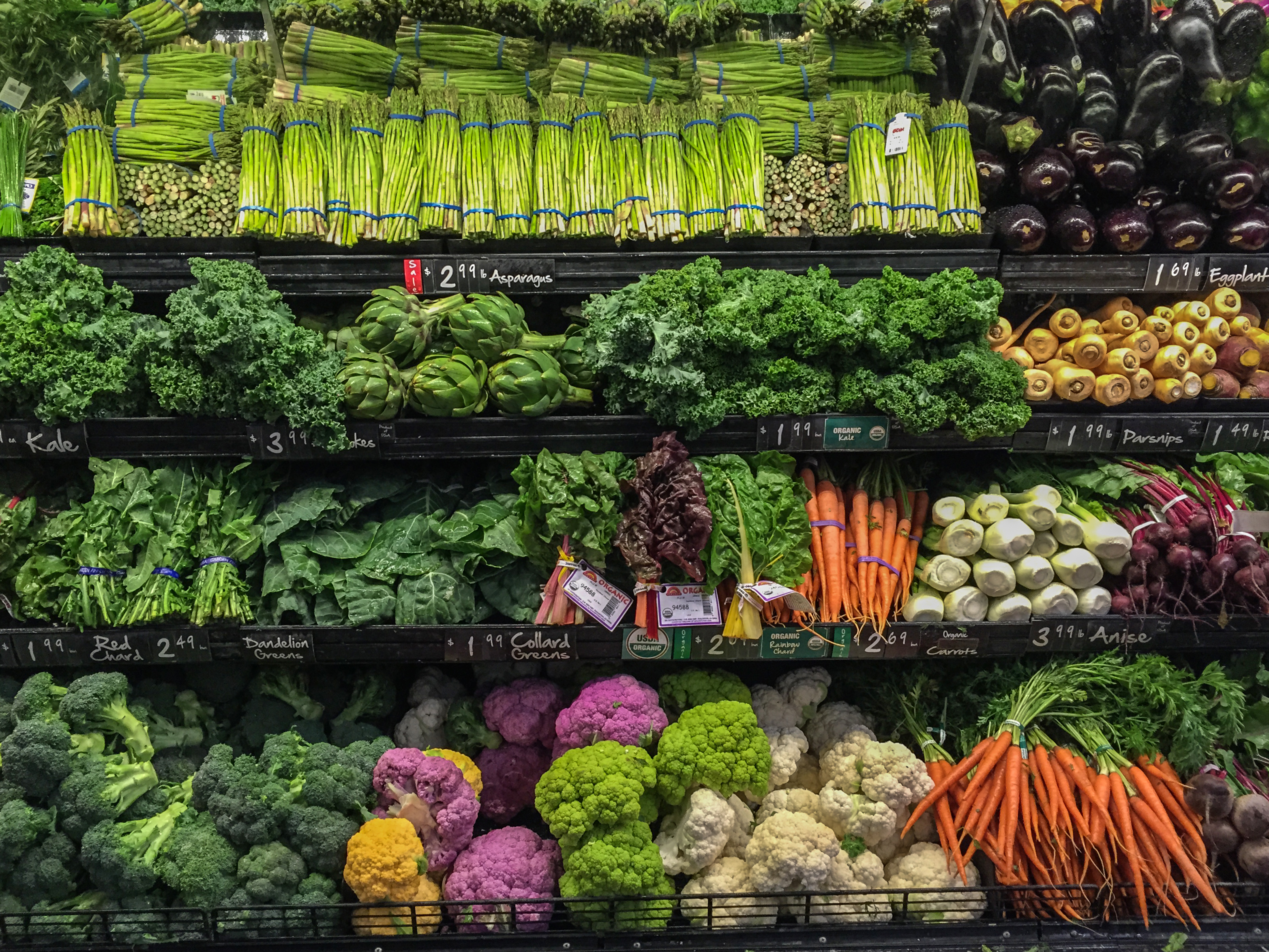
The 'plastic problem' globally has been well documented throughout the last decade, with 2020 being seen as the year to make a change. It's not an easy fix, and the problem goes wider than the UK or any one industry. Regardless, the food industry is often first in the firing line when it comes to making some of the biggest changes.
Packaging over the last decade has achieved a lot, but it’s becoming common to neglect some of the learnings we have already established in a bid to gain positive PR opportunities regarding reducing plastic waste in the eyes of the consumer.
In summer 2019, Morrisons announced that it was doing away with plastic wrapping on cucumbers during the British Growing season (March to October) saving 16 million plastic sleeves. This was despite their own admission that cucumbers without the plastic wrapping in tests undertaken in house were expiring two days earlier then the wrapped ones.
Morrisons continued going plastic free despite protest from the Cucumber Growers Association and also environmental groups concerned about an increase in food waste.
These pontificating PR stories spinning out of supermarkets aren’t exclusive to Morrisons;
In an original piece of research that we undertook last month - we asked 1000 UK shoppers whether consideration for environmental credentials are taken into account when making a purchase. Which environmental factors might influence their choice and ultimately are they prepared to pick up the price tag to help save the planet?
In short, there is no surprise that over 90% (to a lesser or greater degree) admitted being influenced in what they choose by environmentally friendly packaging.
But when it comes to whether they are prepared to pay for this – there was a solid third of the shoppers that said no they would not pay more. Reassuringly for the industry, there were 53% who said ‘maybe’ or ‘depends how much’ with 15% of these committed to a firm ‘yes’.
Anecdotally, I can also confirm that consumers are prepared to pay 5 to 10 pence more per pack for suitably sustainable and environmentally friendly packaging.
This raises a challenge for the industry – because whilst there is an appetite for changes in packaging - shoppers are not prepared to dig too deep to pay for such changes.
Who's problem is this to solve?
Of course, we all want to make the ‘right’ decisions and actively protect the planet – but when it comes down to it there are limits – those limits being cost. If you have a family to feed on a low budget, putting fresh produce as part of a healthy plate is potentially more important: Arguably more important than opting for ethically packaged and smaller portions.
Moving back towards ‘loose fresh produce’ is being promoted as an answer – but whilst this may be an appealing concept to some, it causes problems to others.
Challenges with operational and transportation issues, with pack-houses, consolidators and logistics providers, and retailers all set up to deliver the freshest solutions for the UK, including importing and exporting – to suddenly remove all packaging is not practical or probably even possible.
Moreover, in other research we are told by consumers that they want to ‘grab and go’ and that they enjoy the convenience of multi-packs and multi-pack promotions.
So, whilst we are all shocked by programmes such as Blue Planet and the frequent imagery of wildlife crippled by discarded packaging – in reality not everyone is placing precedence to saving the planet ahead of presenting a plate of fresh produce on the table.
The challenge ultimately sits with the food industry to innovate their packaging to ensure it is biodegradable, recyclable, sustainable, and affordable – no mean feat! While at the same time, changing the perceptions of the consumer to accept some of the cost in the short term for the long term, and ultimately think more long termism than their weekly shopping habits.
Consumers want all of this change and transformation at little or no extra cost to them – if you want to learn more about this latest piece of consumer research, read it in the Fresh Produce Journal or email us to get a cheeky glimpse of the presentation!
